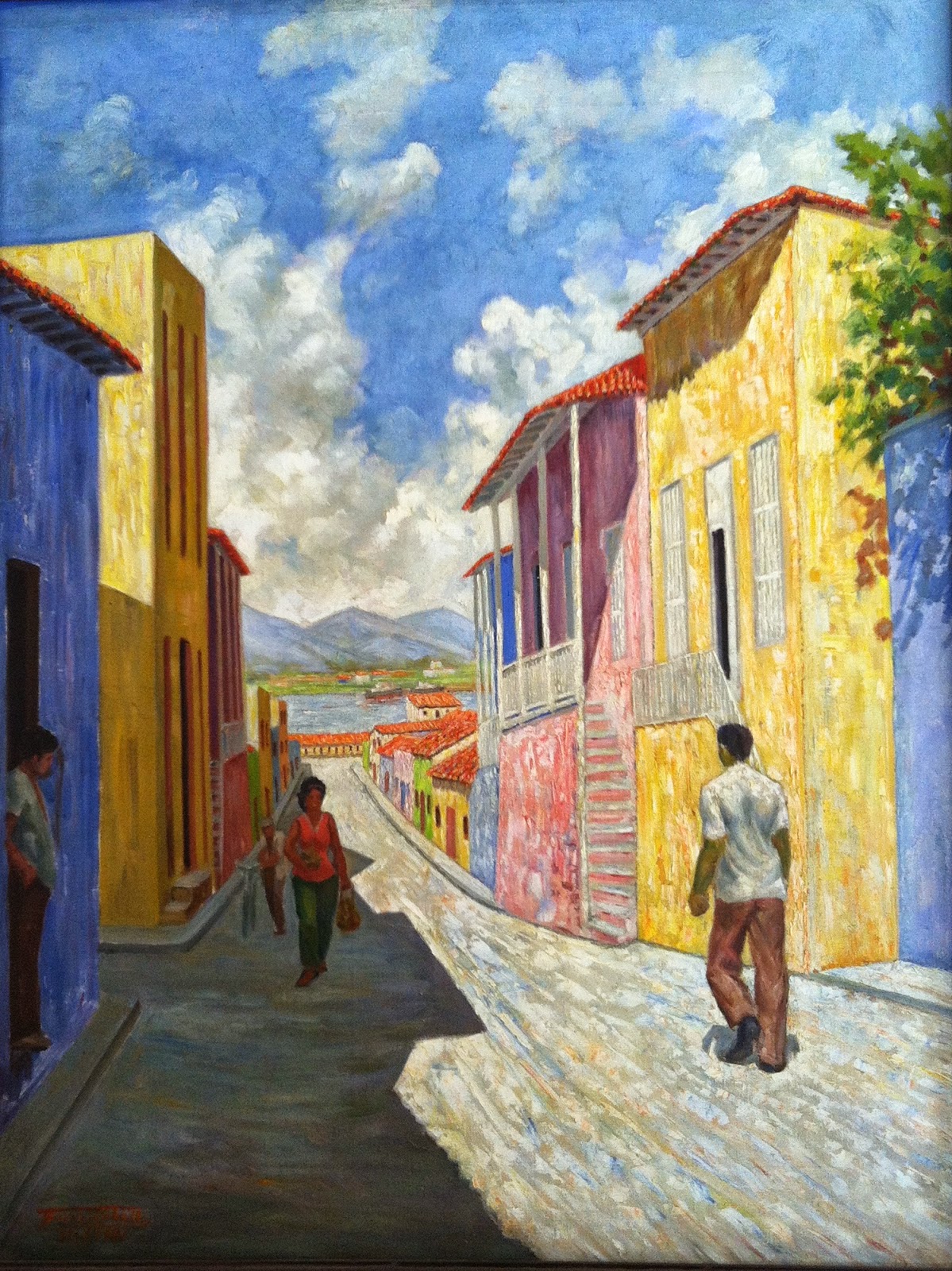In 1838 he arrived at Havana, contracted by the printing house of the Real Sociedad Patriótica, in order to take notes of the city and its surrounding areas. No one like Mialhe run his watchful, curious eyes all over the island. That is why his extensive lithographic production has, documentally speaking, the highest importance within colonial graphic in Cuba. A multifaceted character ―he was an artist, engraver, typographer, scientist; professor of drawing at the Literary and Artistic lyceum, director of San Alejandro―, Mialhe, during his long permanence in the island, won the consideration and the esteem of some of the most important figures among Cuban intellectuals at that time. Felipe Poey, along with whom he visited some of the keys proximate to the island, remembers him in this way: “Mialhe carried along a blank book and his admirable pencil, which, they say, drew by itself, though probably helped by Mialhe’s fingers and thumb”. Mialhe’s collections, Isla de Cuba, Isla de Cuba Pintoresca and Viaje pintoresco por la Isla de Cuba, have stamped for us the physical image of the colonial Cuba and have been the source of inspiration for countless copyists and plagiarists. When Mialhe returned to his French homeland in 1854, the demand for his lithographs was still so huge that the business firm B. May and Company launched to the market copies made in Germany.
 |
| Federico Mialhe - Cuban Countryside |
(To get more information about this artist we recommend: Sánchez, Guillermo. Federico Mialhe: diseño biográfico y señalamientos para la estimación de su obra. Magazine from the National Library (Havana), year 66, nº 2, 1975.)
Mailhe is best knwon for his series of lithographs Isla de Cuba, Isla de Cuba Pintoresca and Viaje pintoresco por la Isla de Cuba. These magnificent albums of lithographs depicted daily life in Cuba and its capital in the mid-19th century.



















.JPG)




































